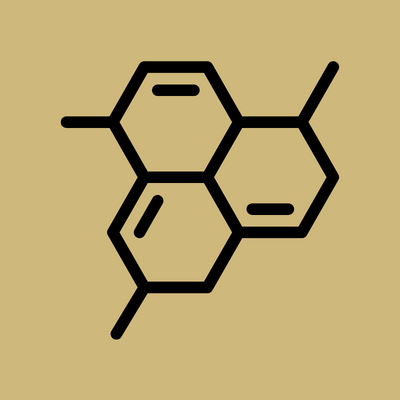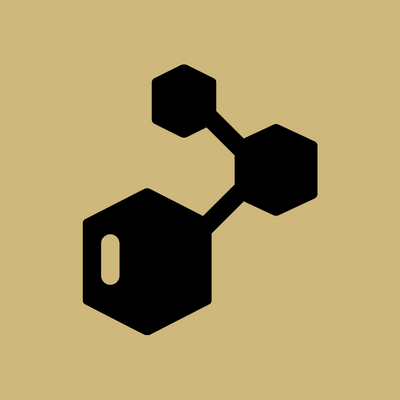Computational Chemistry and Biology Core Facility
Modeling of Chemical and Biological Systems
The Computational Chemistry and Biology (CCB) Core Facility provides a wide array of advanced tools and services for computational-based simulations and modeling of chemical and biological systems. Located on the Anschutz Medical Campus of the University of Colorado in the new Skaggs School of Pharmacy and Pharmaceutical Sciences building, the CCB Core offers specialized expertise to researchers in both academia and the biotech/pharmaceutical industry to:
- Develop and test hypotheses in silico before executing costly experimental methodologies
- Reduce the time and costs involved in cutting-edge research, target validation, and novel therapeutic development
- Provide additional mechanistic justification for experimental results obtained in the laboratory
- Aid in the analysis and communication of results for grant submissions, publications, and presentations to the scientific community and the public at large.

Rational Small Molecule Drug Design
A major goal of the CCB Core is to aid in the discovery and design of novel small molecule drugs by rapidly identifying and refining promising compounds utilizing a variety of strategies.

Molecular Visualization
The CCB Core specializes in the production of clear, concise, publication-quality graphics for grant submissions, manuscripts, reviews, and presentations.
The visualization of molecular structures and interactions is an essential aspect of analyzing and communicating the outcomes of modeling studies. Molecular graphics, sequence maps, 2D and 3D graphs, histograms, and heat maps are all viable methods to share the mechanistic insights resulting from computational analyses.

Predictive Drug Absorption
The CCB Core can perform early assessment of novel drug candidates by calculating predicted absorption, distribution, metabolism, excretion, and toxicity (ADMET) properties for collections of molecules
The calculated results can be used to eliminate compounds with unfavorable ADMET characteristics and evaluate proposed structural alterations to improve ADMET properties prior to compound synthesis

Macromolecule Modeling and Analysis
The CCB Core utilizes validated scientific tools to aid in every step of macromolecule research.
Determining the structure and properties of a macromolecule, such as enzymes, antibodies, DNA, or RNA, is fundamental to understanding structure-activity relationships, protein-protein interactions, DNA/RNA binding, and small molecule design.
Philip Reigan PhD
Professor
Director Computational Chemistry and Biology Core Facility
Email:[email protected]
